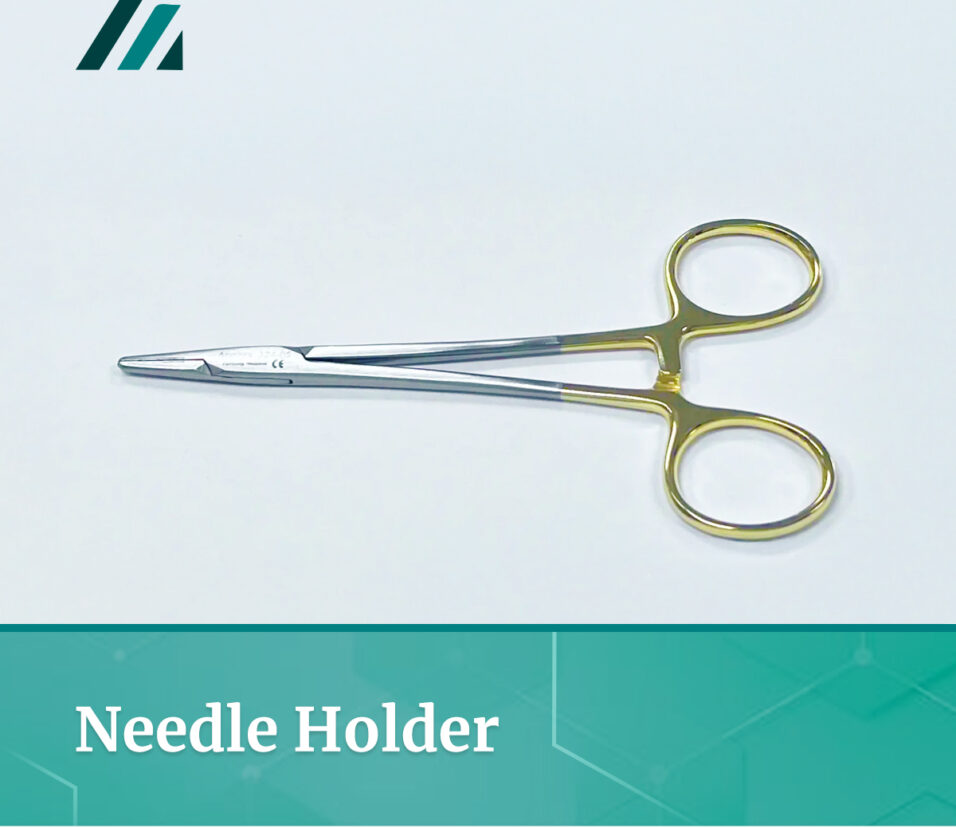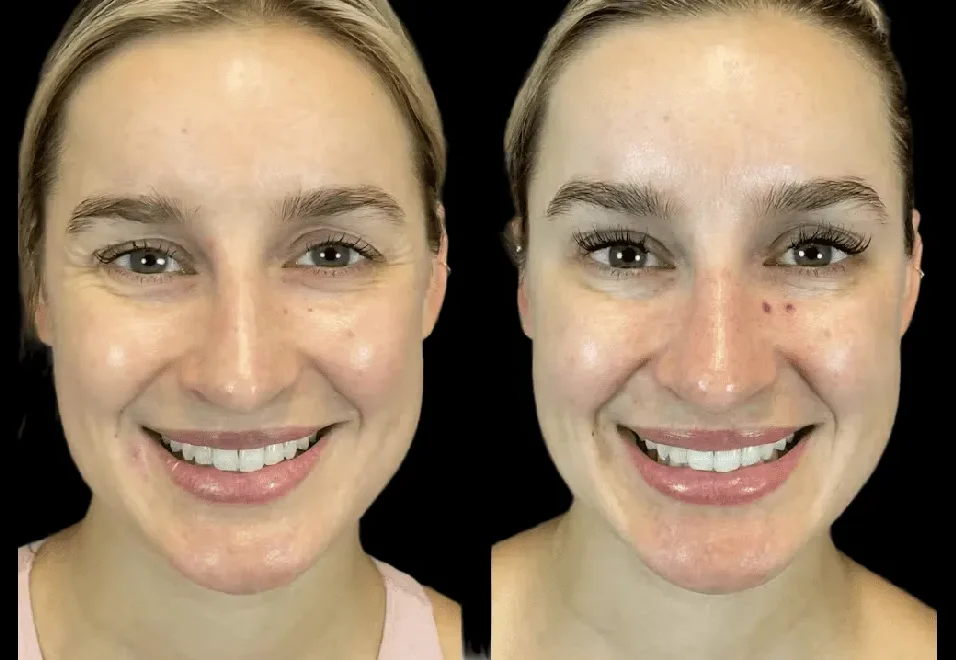What Are the Risks and Side Effects of Neck Liposuction?
Neck Liposuction is a popular cosmetic procedure designed to remove excess fat from the neck and jawline, providing a more contoured and youthful appearance. While this procedure has gained significant popularity due to its effectiveness in improving the neck’s aesthetic, it is crucial for potential candidates to be aware of the risks and side effects that can occur. As with any medical procedure, especially one involving surgery, it is essential to fully understand the potential complications before proceeding. Below, we will discuss the risks and side effects associated with both traditional neck liposuction and Laser Liposuction.
1. What Are the General Risks of Neck Liposuction?
Neck Liposuction, like all surgical procedures, carries inherent risks. These risks vary depending on the individual’s health condition, the skill of the surgeon, and the method of liposuction chosen. Common general risks of Neck Liposuction include:
- Infection: Any surgical procedure carries a risk of infection, and liposuction is no exception. Infection can occur at the incision sites or within the body during the procedure. It is essential to follow all post-operative care instructions carefully to minimize this risk.
- Bleeding: Excessive bleeding can occur during or after the procedure, which may require medical intervention. It is normal to experience some minor bruising and swelling, but significant bleeding should be addressed immediately.
- Anesthesia Risks: Anesthesia, whether local or general, has its own set of risks. Adverse reactions to anesthesia can cause complications, including respiratory issues, allergic reactions, or even more severe conditions.
- Scarring: While Neck Liposuction is minimally invasive, there is still the potential for visible scars. Although the incisions are typically small, some individuals may experience scarring that is more noticeable than expected.
- Numbness and Sensitivity: After the procedure, it is common to experience some numbness or reduced sensation around the treatment area. This is usually temporary but can be permanent in rare cases.
- Blood Clots: The formation of blood clots is another potential risk following any surgical procedure. Clots that form in the legs or lungs can cause serious complications, such as deep vein thrombosis (DVT) or pulmonary embolism (PE).
2. Are There Specific Risks Associated with Laser Liposuction?
Laser liposuction is a newer, less invasive variation of traditional Neck Liposuction. It utilizes laser technology to melt fat, which is then suctioned out through small incisions. While this method can be effective with less downtime and a potentially smoother result, it still carries some unique risks:
Do you want to visit Char Dham? Char Dham Travel Agent is the best place to plan your Char Dham tour. You can book the tour from here.
- Burns or Skin Damage: The use of laser technology carries a small risk of burning the skin. If the laser is applied incorrectly or for too long, it could cause significant skin damage, leading to scarring or pigmentation changes.
- Tissue Damage: Although the laser is intended to target fat cells, it can sometimes also affect surrounding tissues, such as nerves, blood vessels, and skin. This damage can result in long-term problems, including numbness or disfigurement.
- Uneven Results: While Laser Liposuction can provide more precise fat removal, there is still the possibility of uneven fat distribution after the procedure. In some cases, patients may experience an asymmetrical or lumpy appearance in the neck area.
3. What Are the Common Side Effects of Neck Liposuction?
While serious complications are relatively rare, there are common side effects that patients should expect during the recovery period after Neck Liposuction. These include:
- Swelling and Bruising: Swelling and bruising around the neck and chin are common after liposuction. These side effects are temporary and typically subside within a few weeks. However, some individuals may experience prolonged swelling, especially if they don’t follow post-operative care instructions closely.
- Pain and Discomfort: Mild to moderate pain or discomfort is expected in the first few days following the procedure. Over-the-counter pain medications are usually sufficient to manage these symptoms.
- Drainage: Some patients may experience drainage from the incision sites after the procedure. This is a normal part of the healing process, though it can be unpleasant. It typically resolves within a few days.
- Fat Embolism: A rare but serious side effect, a fat embolism occurs when fat particles enter the bloodstream and travel to the lungs, heart, or brain, causing a blockage. Fat embolism can lead to life-threatening conditions, and immediate medical attention is required.
4. How Long Is the Recovery Time for Neck Liposuction?
Recovery time can vary depending on the extent of the procedure and the individual’s healing process. Generally, Neck Liposuction has a relatively short recovery time compared to more invasive surgeries. Here’s what to expect during the recovery process:
- Initial Recovery: The first few days will involve rest and managing mild to moderate discomfort. During this period, patients are typically advised to wear a compression garment to reduce swelling and help the skin conform to its new contours.
- Post-Operative Care: Patients will need to follow specific post-operative care instructions, including avoiding strenuous activities and massaging the area to reduce swelling. Most individuals can resume light activities after a week, with more intense physical activities resuming after about four to six weeks.
- Full Recovery: It may take up to six months for the full effects of the procedure to be visible, as the skin continues to tighten and the swelling fully subsides.
5. Who Is a Good Candidate for Neck Liposuction?
Not everyone is a suitable candidate for Neck Liposuction. The best candidates for this procedure are individuals who are in good overall health and have realistic expectations about the outcomes. Ideal candidates should also have good skin elasticity, as this helps the skin retract smoothly after the removal of fat. It’s essential to have a consultation with a qualified surgeon to determine if you are a good candidate for this procedure.
Would you like to visit Indiar? A tour operator in India is the best place to plan your tour. You can book a tour from here.
6. What Are the Benefits of Neck Liposuction?
Despite the risks and side effects, many people opt for Neck Liposuction due to the potential benefits it offers. These include:
- Improved Neck Contour: The primary benefit of Neck Liposuction is a more defined, youthful neck and jawline. This can help reduce the appearance of a double chin and excess neck fat, resulting in a slimmer, more attractive profile.
- Minimal Scarring: Since the incisions made during Neck Liposuction are small and usually well-hidden, scarring is minimal.
- Long-Lasting Results: Once the fat is removed, the results of Neck Liposuction are typically permanent. However, maintaining a healthy lifestyle is essential to prevent the accumulation of new fat in the area.
Conclusion
Neck Liposuction and Laser Liposuction are effective procedures for enhancing the appearance of the neck and jawline. However, it’s essential to be aware of the risks and side effects associated with these treatments. By understanding the potential complications, individuals can make informed decisions and discuss these concerns with their healthcare providers to ensure the best possible outcome. While these procedures carry inherent risks, when performed by a skilled surgeon, Neck Liposuction can significantly improve one’s appearance and confidence.






